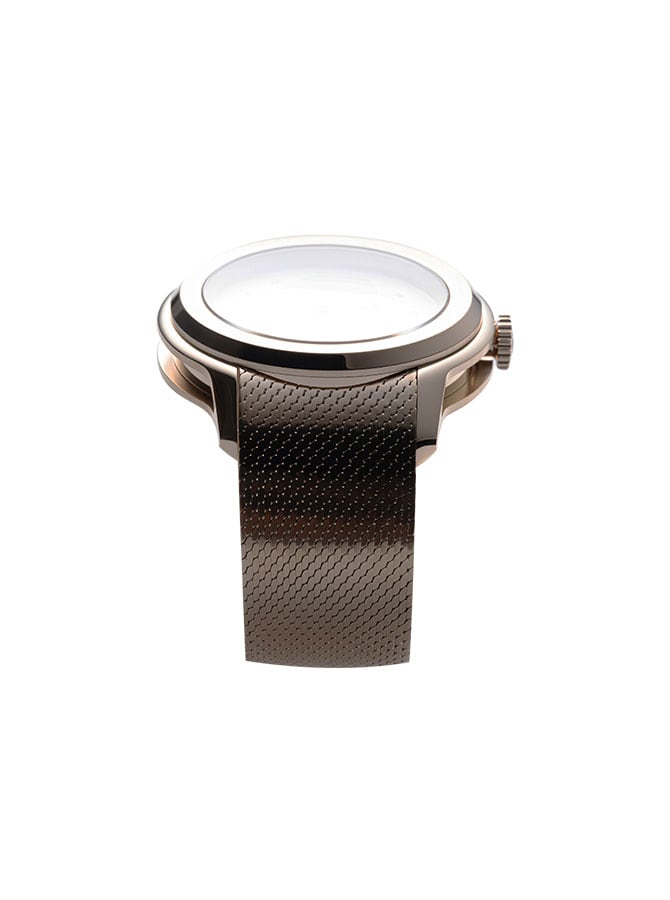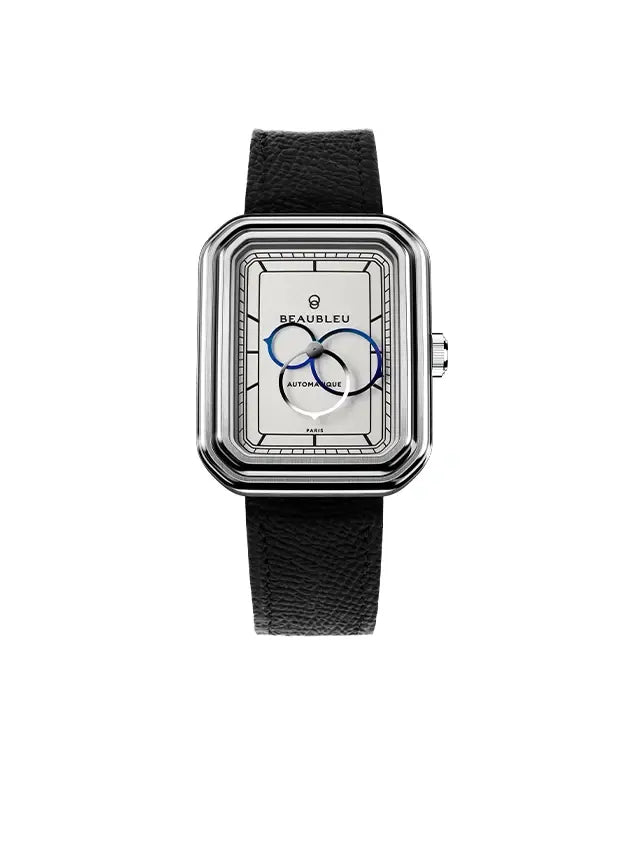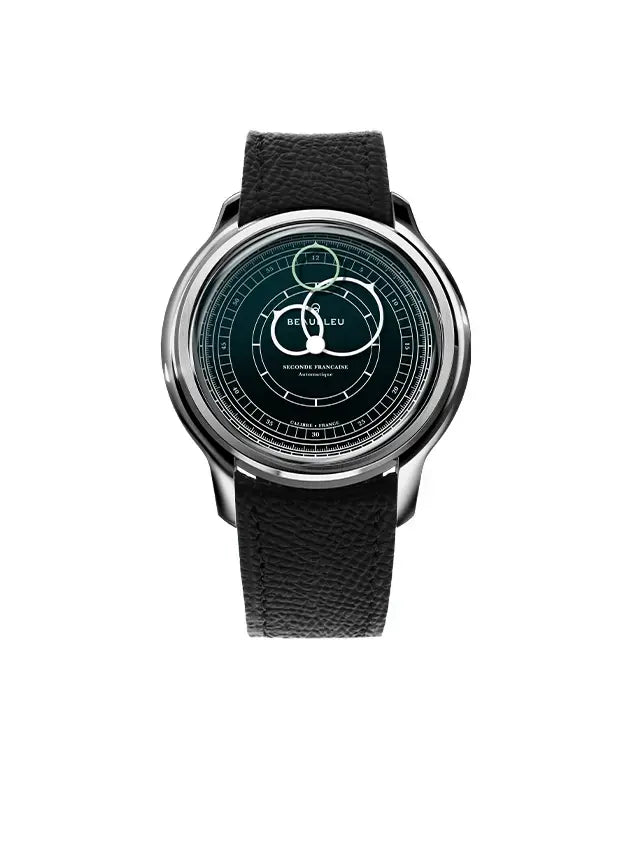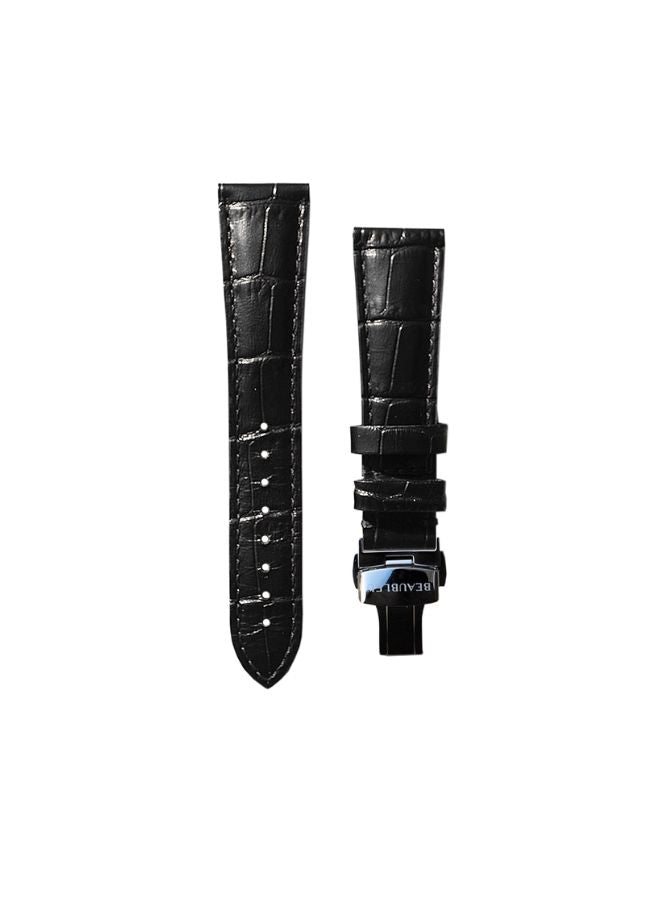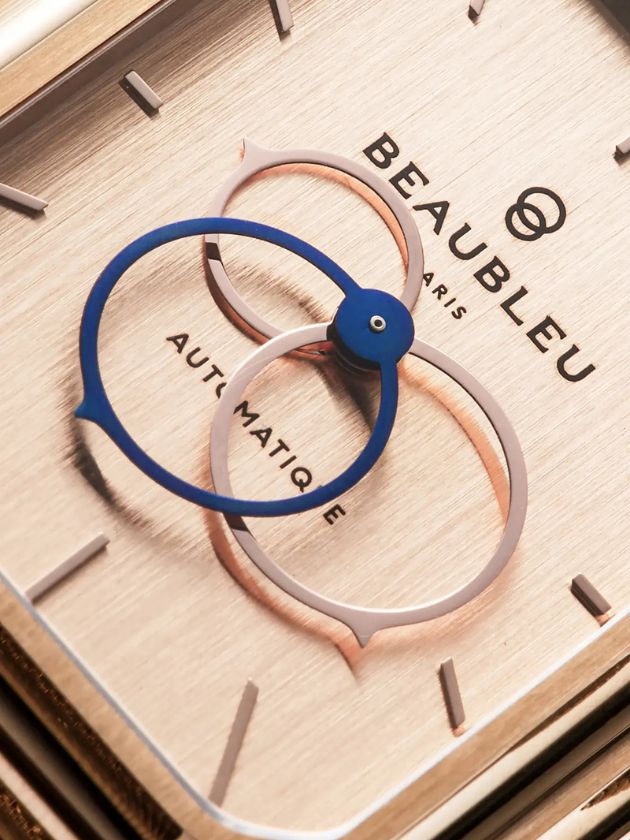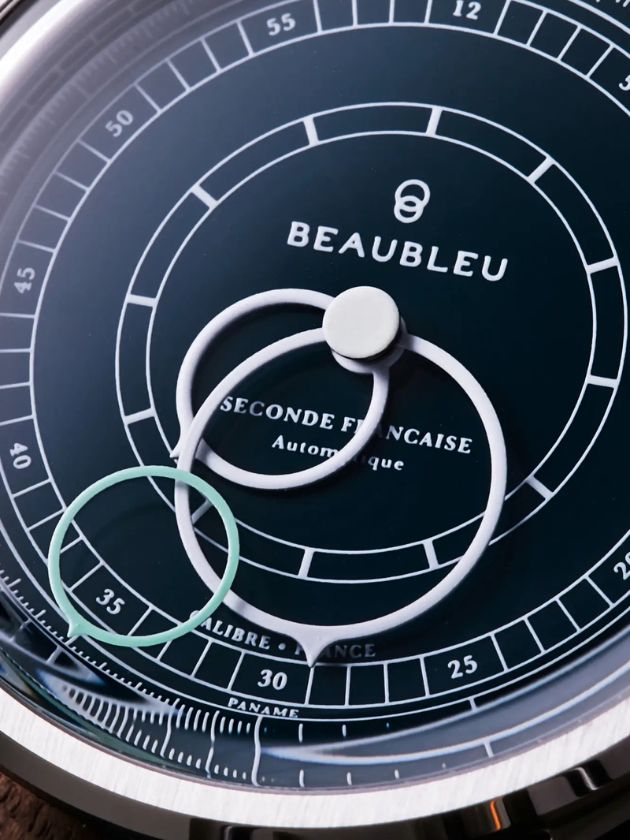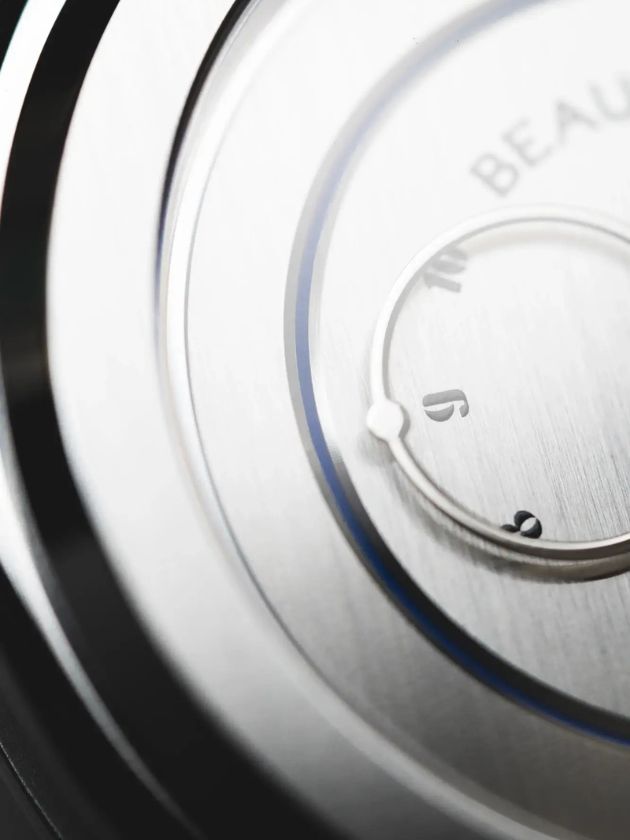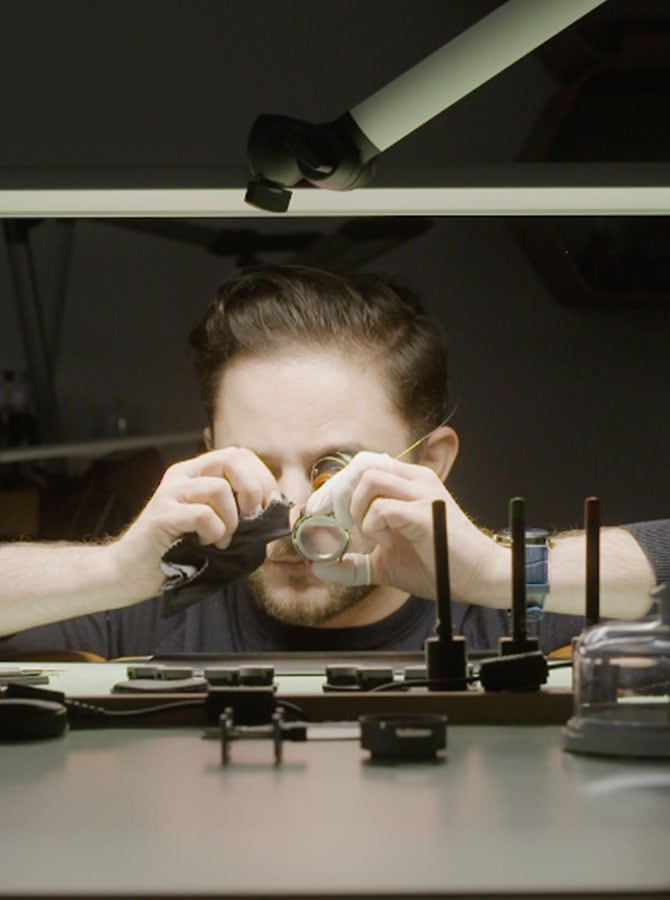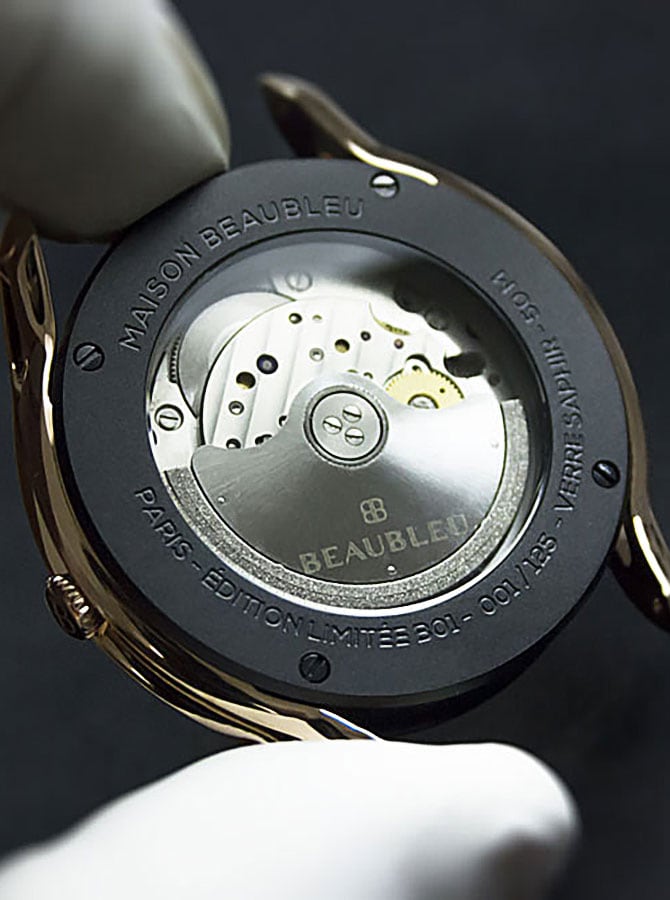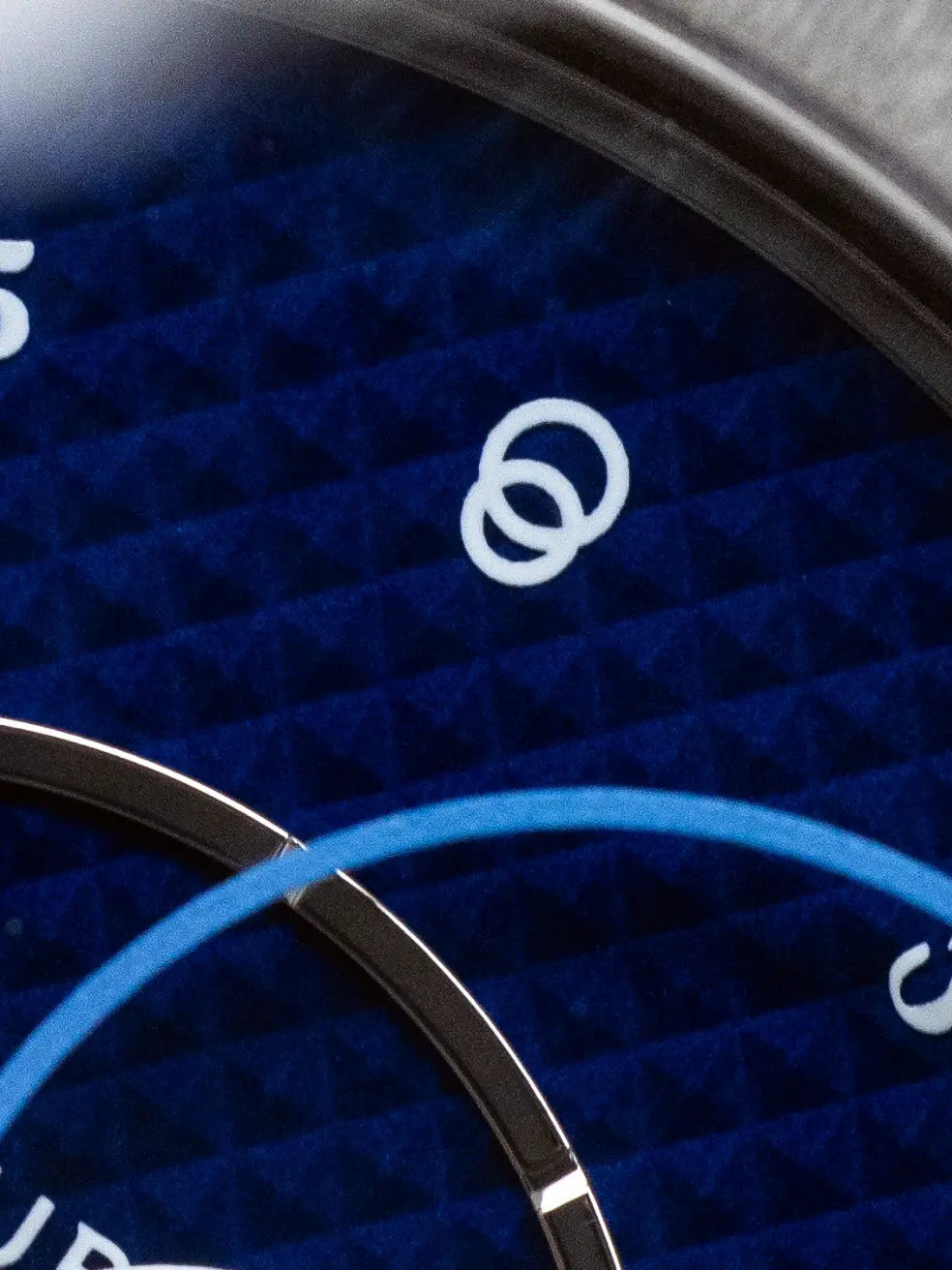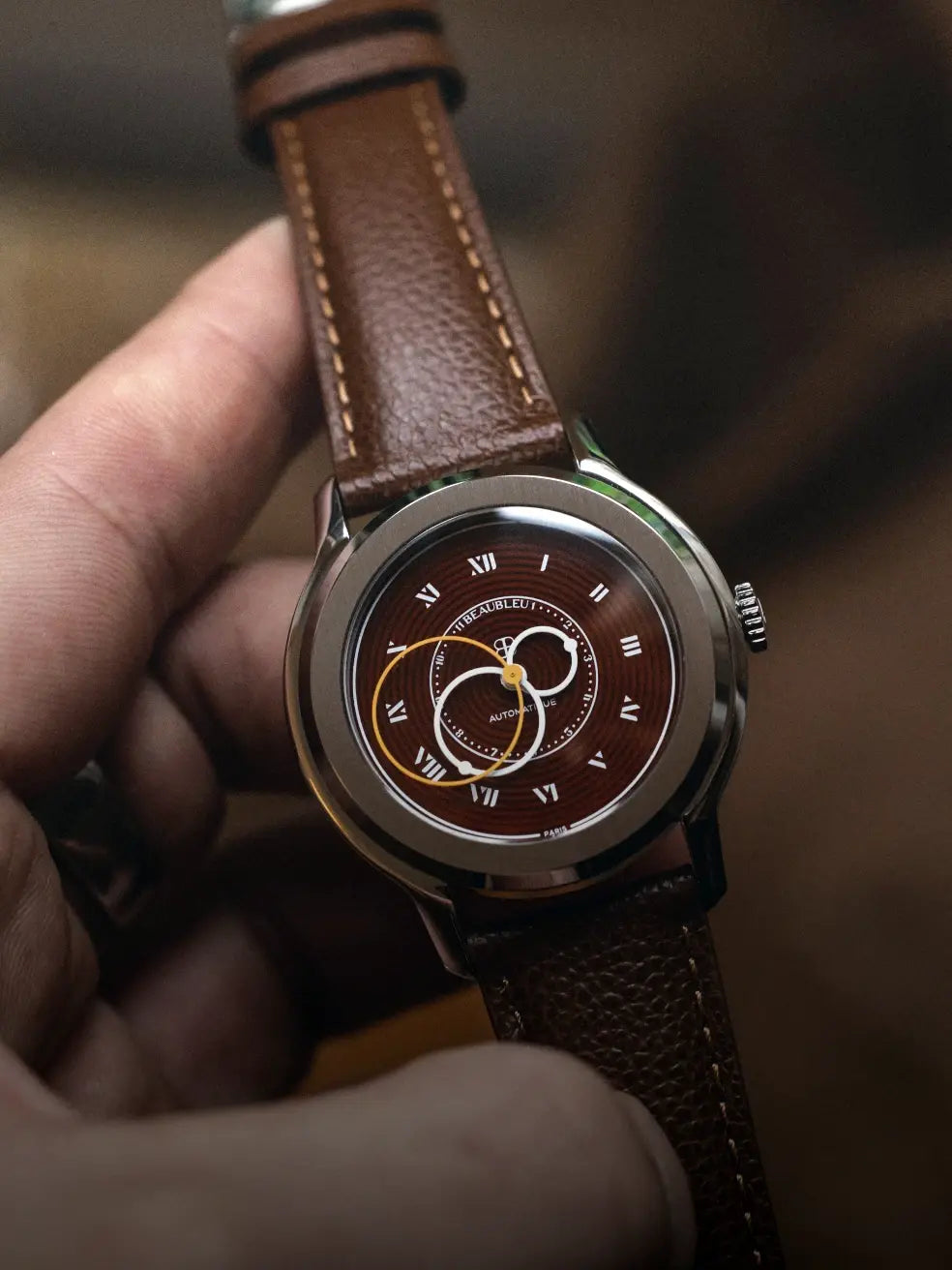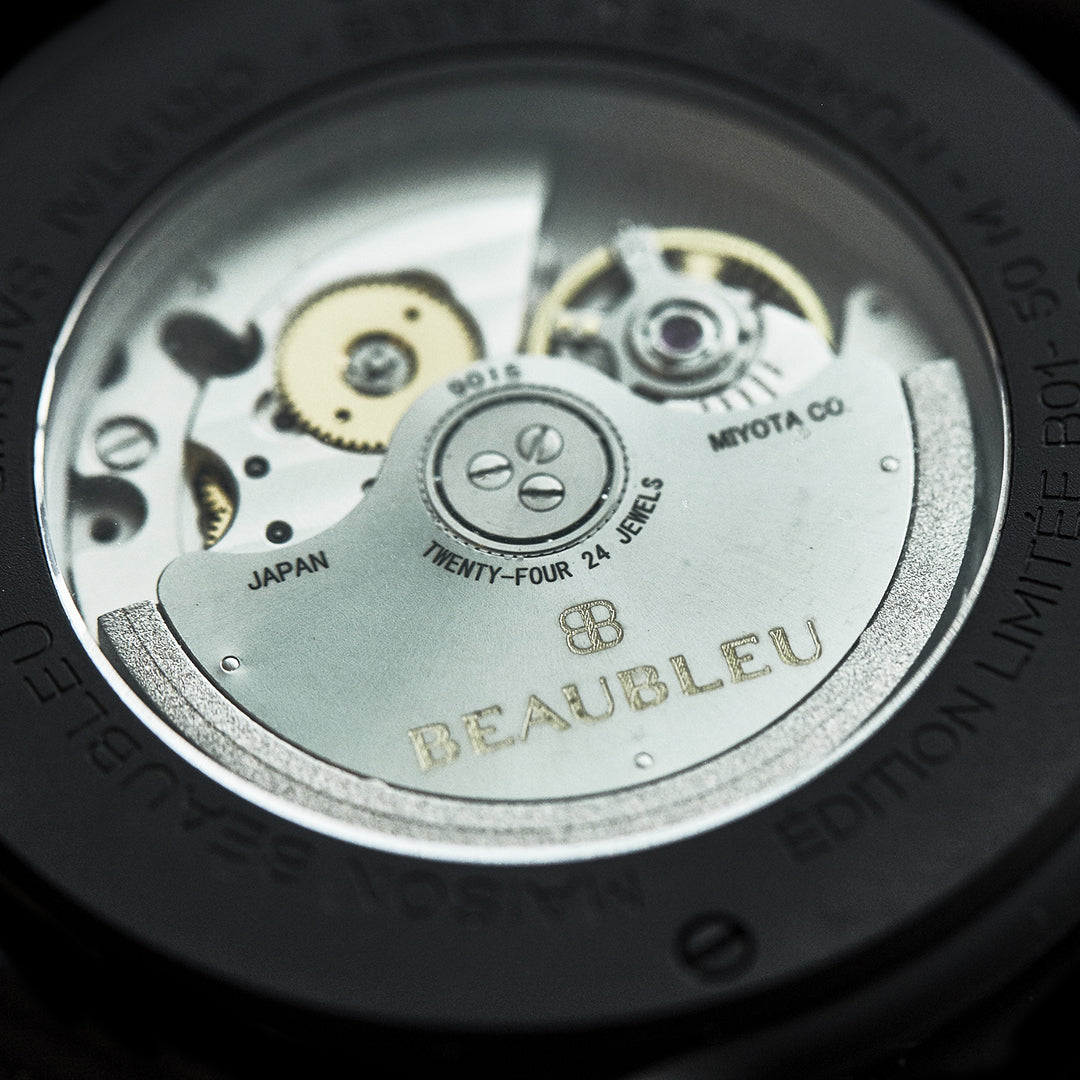
Automatic watch, how to wind it?
Let's start with the beginning
All so-called mechanical watches are equipped with the same basic system. At the heart of the movement you have a part called a “barrel” which compresses a spiral ribbon spring. Then the latter will store the energy necessary to operate the watch. There we find the transmission, the escapement, the balance… but let's not get carried away, the rest of the functioning of a watch will be the subject of another article.
Winding your automatic watch
In all cases, an automatic watch or manual watch is wound by manually turning the crown of the watch to compress the barrel spring. When your watch has not been worn for a long time, this action is essential. Then the oscillating weight or rotor for automatic watches takes over the winding thanks to the movement of the wearer.
The crown
This part located to the right of the case can be gently pulled outwards to access the different time settings. In our case, it is a question of leaving this part against the box. You must then turn it completely clockwise between 10 and 15 times. A spring deactivation system keeps your movement safe when it is wound up to the maximum. Warning: all operations carried out on the crown must be carried out outside the wrist to avoid forcing the stem linked to the crown.
Winding and maintaining your automatic watch
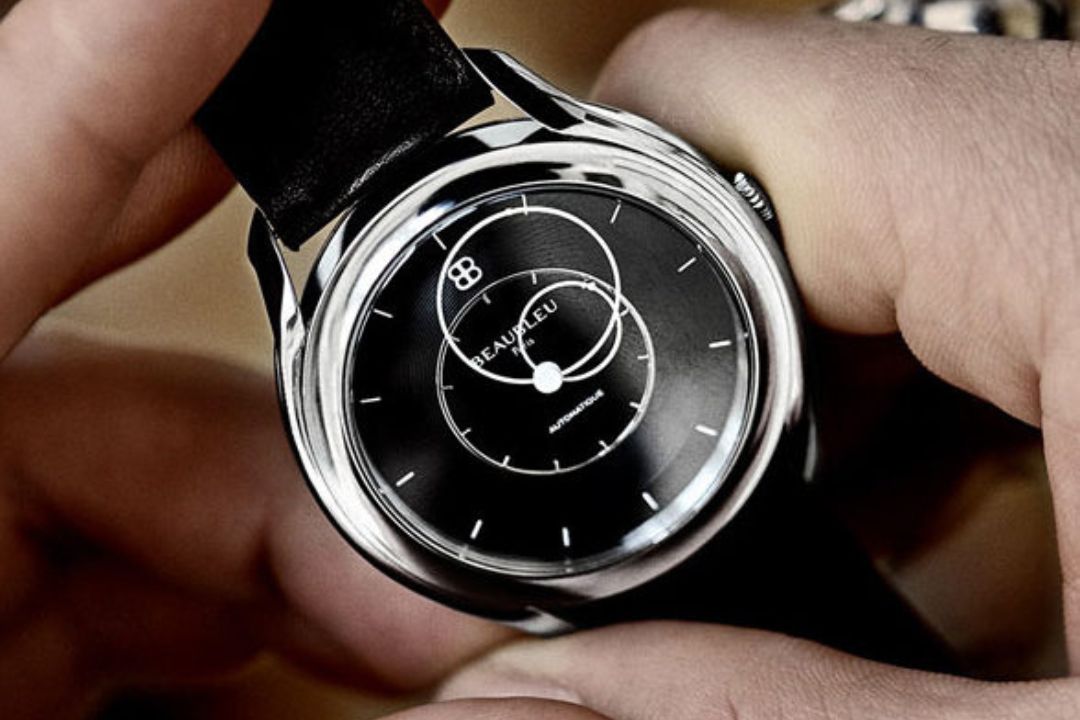
The natural movements of the wrist are sufficient for the rotor to wind the watch and maintain a high level of energy. However, it is recommended that your watch be wound manually from time to time. In view of the number of parts and the complexity of the assembly, it is important to avoid voluntary (to turn the rotor) or involuntary shocks. It is the accumulation of simple actions that will considerably increase the longevity of your watch.
When setting the time, for example, it is absolutely necessary to turn the hands clockwise so as not to go against the mechanism. As your Beaubleu watch has a “dead” position at the crown, you should avoid adjusting the hands between 9 p.m. and 3 o'clock to avoid damaging the pinion teeth. Finally, for aesthetic reasons but also for maintenance reasons, regularly use a soft-bristled toothbrush to remove dust and other dirt and thus prevent it from entering the watch. Once again, you are ready and informed about the (proper) functioning of your Beaubleu automatic watch and its essential maintenance subtleties.
Wishing you wonderful hours, Beaubleu
